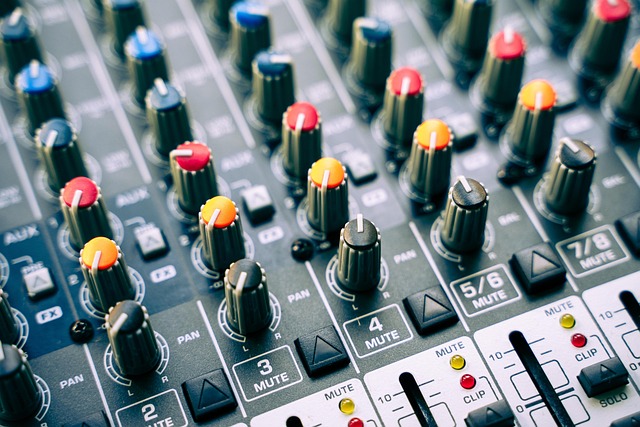In an age where television content is more immersive than ever, one element plays a crucial role yet often remains in the shadows: sound design. While visuals can capture our attention with brilliant colors and stunning displays, it is sound design that tugs at our emotions, immersing us deeper into the storytelling experience.
Think about the last time you were captivated by a TV show. The plot may have been engaging, the actors talented, but what truly sealed the deal was probably the sound design. This intricate art involves the creation and manipulation of sound elements that enhance the overall narrative, mood, and character development. From the soft whispers of dialogue to the overwhelming crescendos of orchestral music, sound design molds our reaction to what we see on screen.
As technology continues to advance, so does sound design. The rise of high-definition displays and 4K monitors has set a new standard for visual quality. But what good is stunning visuals without exceptional sound to complement them? Today’s sound designers utilize cutting-edge software and hardware to craft audio that not only fills the room but also envelops the audience in a multisensory experience. Surround sound systems pair beautifully with advancements in display technology, allowing audiences to feel as if they’re part of the action, rather than merely observing it.
The technical aspects of sound design also play an important role in the way we perceive television content. Techniques such as Foley create everyday sounds that may go unnoticed but are essential in making the world depicted on screen believable. The crunch of leaves underfoot, the rustle of clothing, or the distant hum of a cityscape all contribute to our engagement with a scene. Each auditory element, meticulously crafted, helps paint a more vivid picture, enhancing the visual storytelling.
Visuals and sound are a symbiotic pair; one cannot truly shine without the other. Researchers have found that sound design can significantly influence our emotional state, guiding us through the highs and lows of plot twists and character arcs. The ominous score that accompanies a suspenseful moment increases our heart rates, perfectly syncing with the tension displayed on screen. Similarly, a warm, melodic tune can evoke nostalgia and comfort, reinforcing themes of love or friendship. This is the magic of sound design — it elevates the narrative, pushing us to feel more deeply and react more viscerally.
As viewers, we often take for granted the intricate details that go into crafting our favorite shows. However, those behind the scenes understand the power of sound design and its ability to transform ordinary visuals into extraordinary experiences. With each new innovation in monitors and display technology, sound designers find fresh ways to enhance the viewer’s experience, ensuring that every gasp, whisper, and note resonates with the audience.
The next time you sit down to indulge in a series marathon, take a moment to appreciate the soundscape surrounding you. It’s a critical component that makes the television experience magical, intertwining with visual elements to create a seamless story that captures our hearts and minds.




